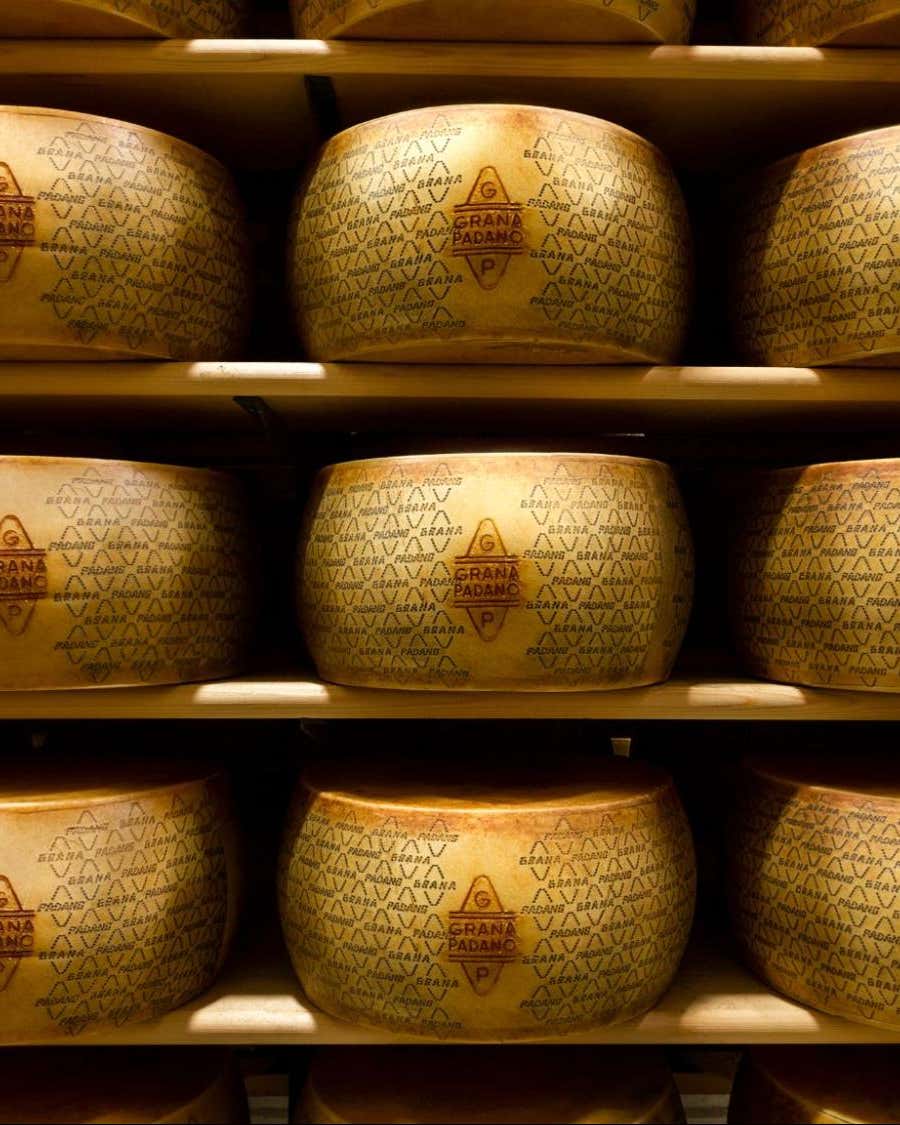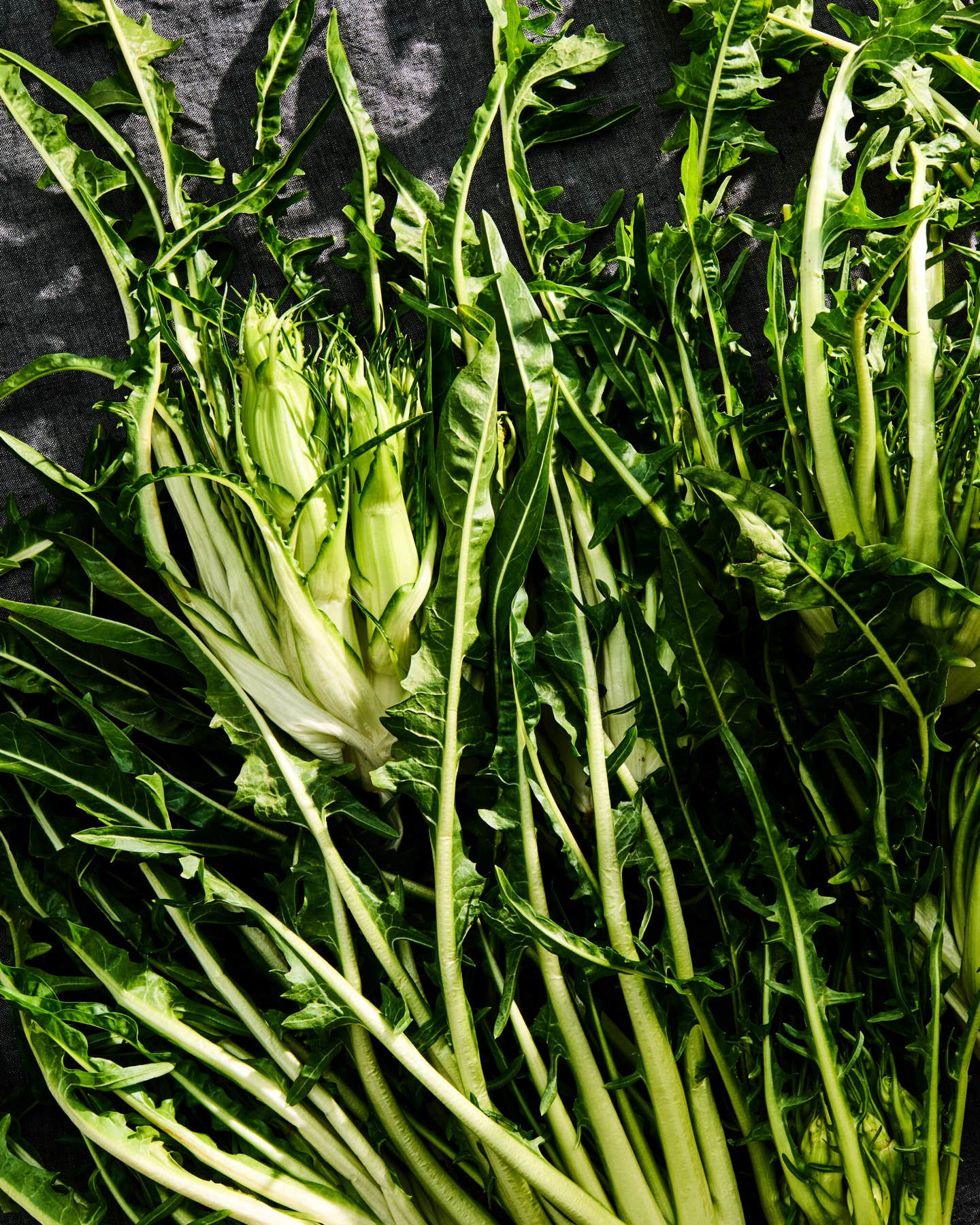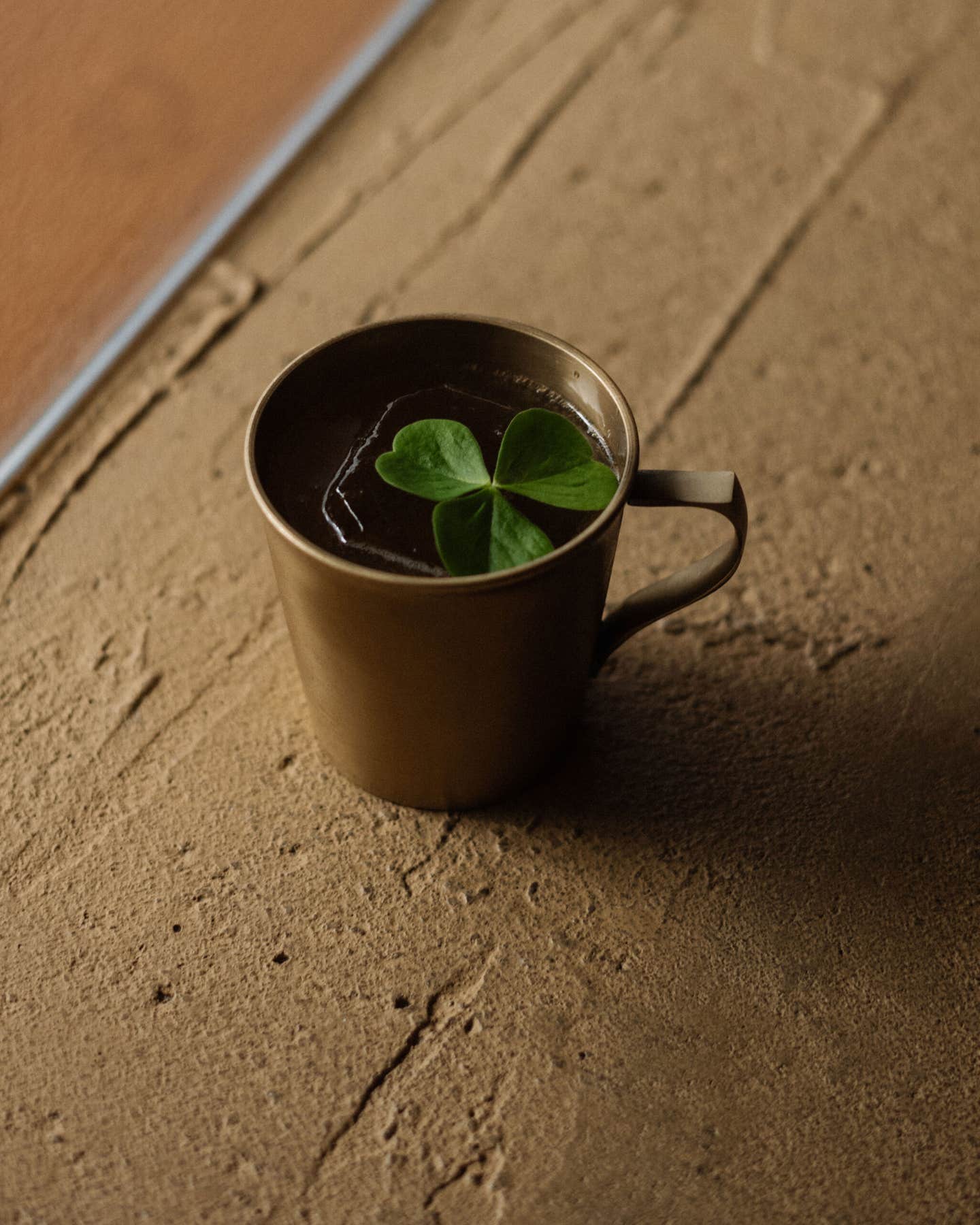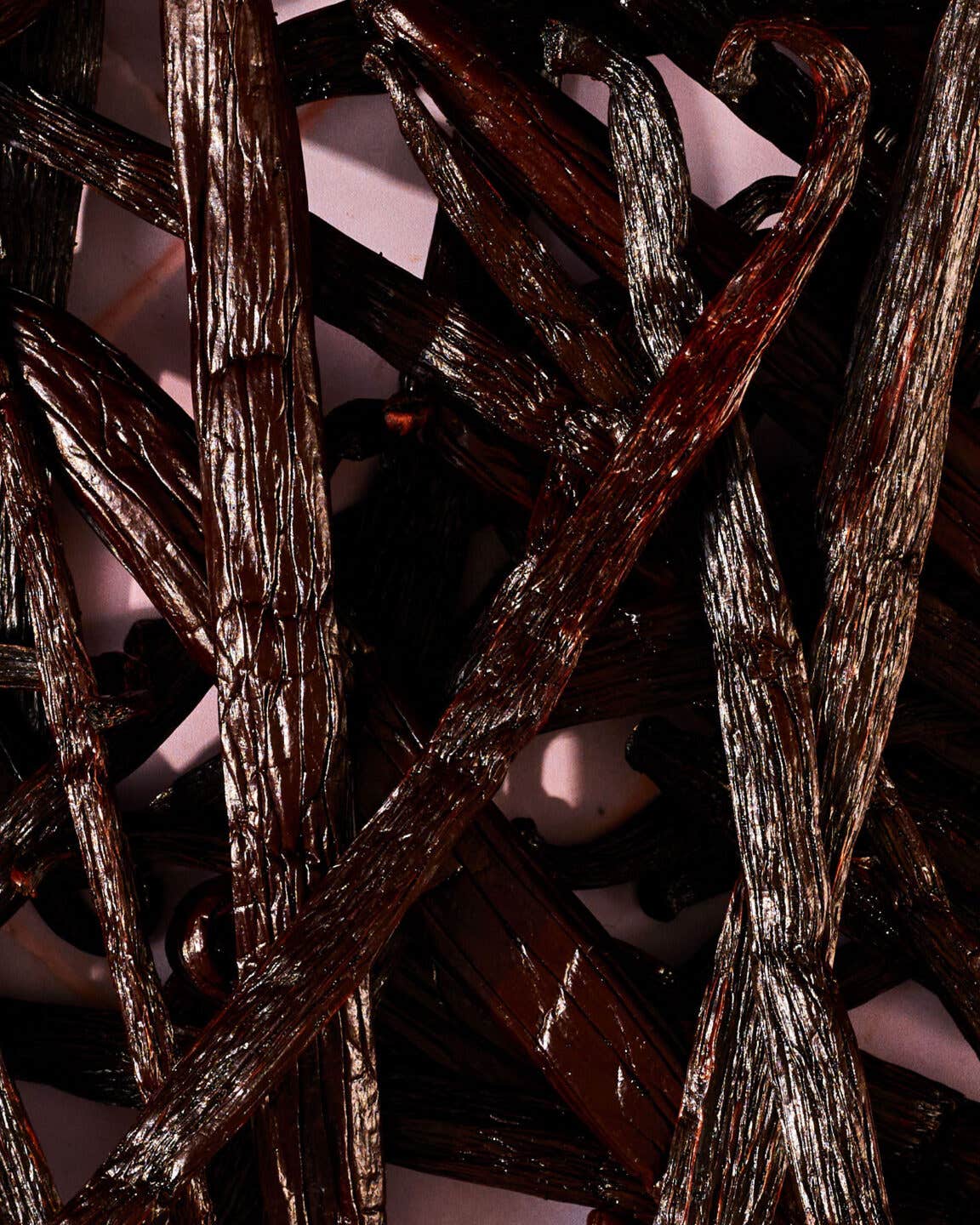Get to Know the Wines of Crete With These 4 Bottles
A new guard of producers is resuscitating the island’s native grapes—and putting the ancient winemaking region back on the map.
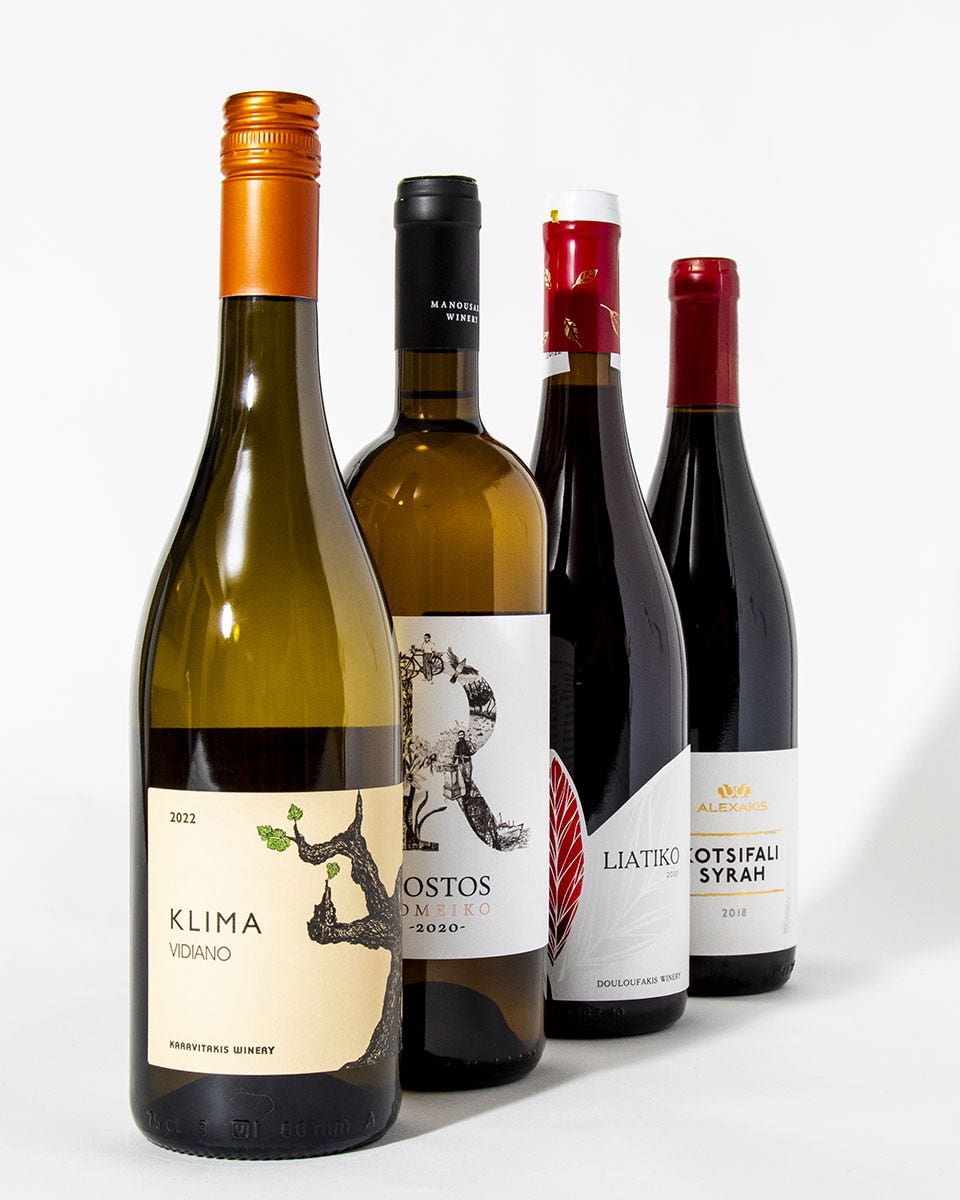
Viticulture has thrived on Crete for thousands of years, but for most of the 20th century, mass production dominated the wine industry on Greece’s largest island. Phylloxera didn’t hit there until the late 1970s—almost a century after it ravaged continental European vineyards—and the blight served as a much-needed reset. In the 1980s and ’90s, high-yielding grapes like vilana were planted. Then, in the late ’90s, a new generation of Cretan winemakers who had studied abroad started to return home, armed with deeper winemaking and farming know-how and a curiosity about the indigenous varieties in their own backyards. Now, those producers’ efforts are bearing fruit as they see their bottles grow both in age and in international popularity.
The new guard has resuscitated Crete’s native grapes, replanting surviving and abandoned vines on hardy American rootstock, and focusing on 11 of the most successful varieties that are now at the core of Crete’s wine scene. Vidiano, a high-acid grape with notes of white pepper and a refreshing salinity, is rapidly becoming the island’s signature white. Liatiko, a high-tannin, light-bodied wine, is Crete’s answer to nebbiolo. And winemakers in Chania, on the western end of the island, turn red romeiko grapes—a type not common elsewhere—into still, sparkling, and sweet bottlings.
Where there’s great wine, there tends to be great food. Cretan meals typically start with dakos; barley rusks topped with tomatoes, salty cheese, oregano, and a healthy wallop of olive oil. Mid-20th-century research into Crete’s cuisine is the basis for the life-affirming Mediterranean diet, which means seafood, meat, and snails from the island’s mountainous terrain, and plenty of fresh produce, grains, and legumes. Of course, it all pairs perfectly with the local vinous offerings.
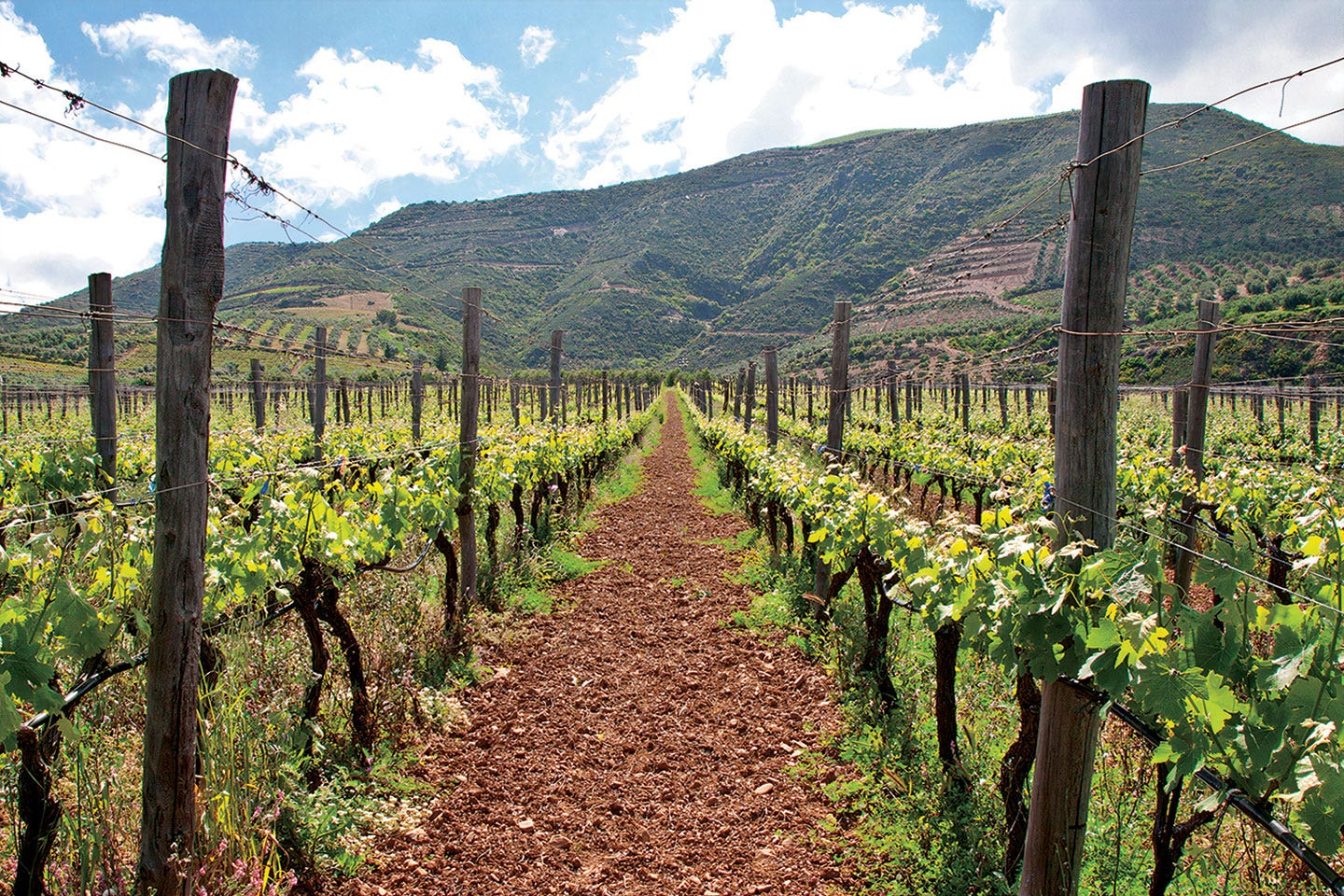
Wines to Try
Karavitakis, Vidiano
This family-run estate was one of the earliest to produce high-quality vidiano in the late 1990s; this zesty, high-acid bottle is a textbook example of the late-ripening grape’s potential for nuance, complexity, and grace.
Manousakis, Nostos Romeiko
Red romeiko grapes are nontraditionally vinified as a white wine in this reflection of Crete’s innovative winemaking spirit. Fresh citrus and sweet almond aromas pair nicely with briny seafood.
Alexakis, Kotsifali/Syrah
Indigenous varieties are the focus at one of Crete’s largest wineries, but a little bit of syrah brings international flair into this spiced and cherry-tinged cuvée.
Douloufakis, Liatiko
The winery tames liatiko’s robust tannins with French oak for a light red wine with berry, black cherry, and tea notes. Age will only increase this wine’s silky texture and complex flavors.
Keep Reading
Continue to Next Story
